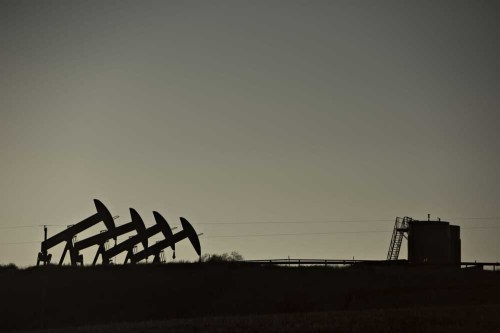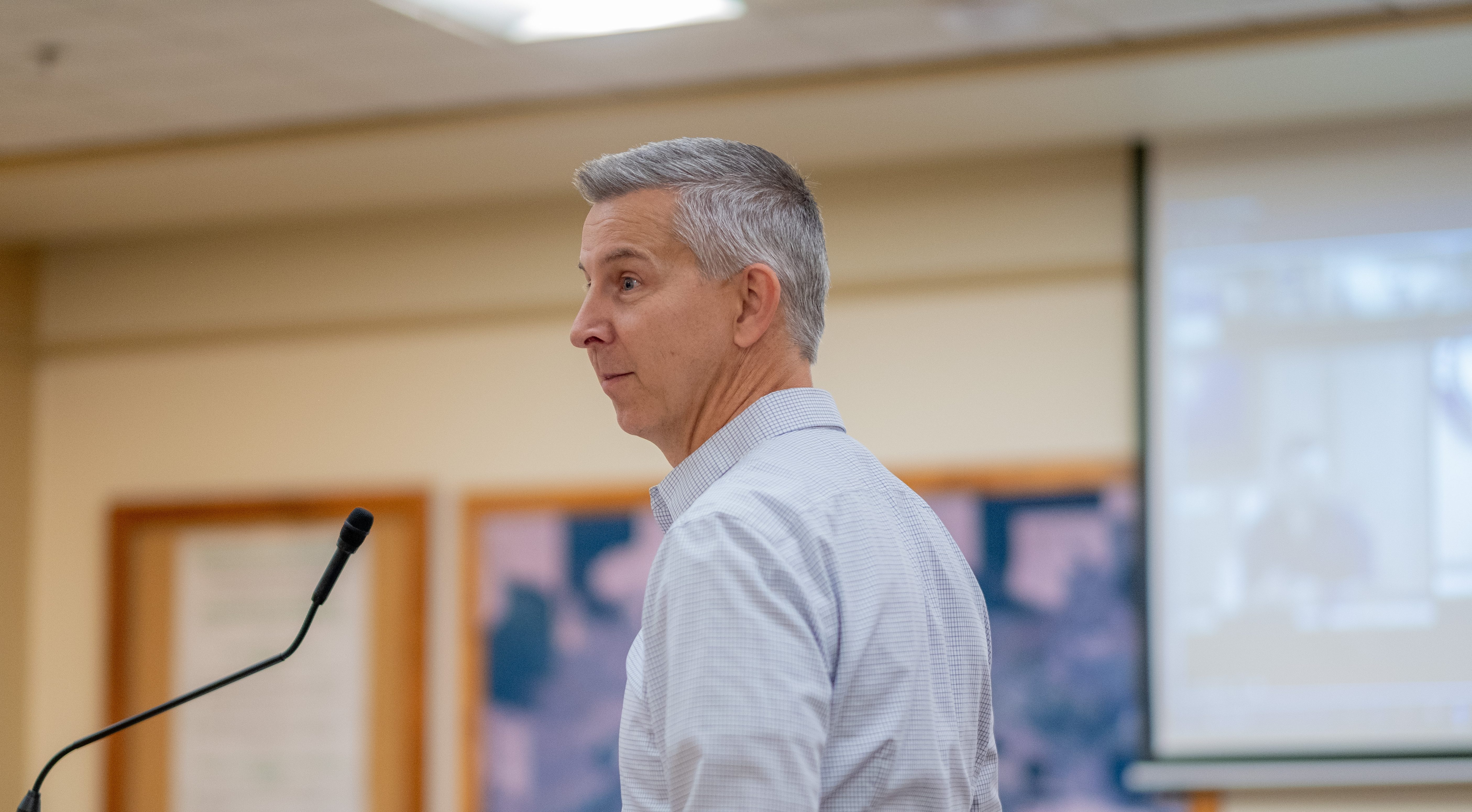Policymakers adopt sweeping plan to wean Oregonians from fossil fuels
Published 11:00 am Sunday, December 19, 2021

- The Oregon Environmental Quality Commission on Thursday, Dec. 16, 2021, adopted a sweeping Climate Protection Plan that calls for aggressive reductions in greenhouse gas emissions.
SALEM — Policymakers for the Oregon Department of Environmental Quality on Thursday, Dec. 16, voted 4 to 1 to adopt a controversial Climate Protection Plan that would eventually have far reaching impacts on every resident of the state.
Depending on who’s describing it, the plan is either an unachievable economic debacle in the making or a long overdue and measured response to climate change that may not go far enough. If that sounds familiar, it’s because Oregon’s debate over climate policy has featured the same polarized rhetoric for the last five years and more.
Trending
The new plan was developed by the Department of Environmental Quality after Republican walkouts in 2019 and 2020 killed efforts to pass economywide cap and trade legislation. The governor responded with an executive order directing agencies to develop plans to regulate and reduce greenhouse gas emissions in the state.
It requires fuel suppliers to reduce greenhouse emissions from the products they sell by 50% by 2035 and 90% by 2050 – even more aggressive than the state’s overall goals. Some 13 industrial facilities also will be required to reduce their emissions consistent with the best and most cost-effective technology, with aggregate emission reductions targeted at half of today’s levels by 2035.
The plan doesn’t prescribe a way to achieve those reductions or mandate the use of any type of fuel or technology, such as biodiesel or electric cars and trucks. It simply sets up a regulatory backstop in which DEQ will establish a declining limit on emissions from fuels covered by the program. Suppliers who can’t meet them will face escalating costs, which will be passed through to consumers at the pump, in their monthly utility bills and in the cost of goods they buy.
The program covers all fossil fuel suppliers, including diesel, gasoline, natural gas, and propane used in transportation, residential, commercial and industrial settings. Bottom line: It will force Oregonians to eventually slash their use, switch to alternatives or pay significantly higher prices to continue burning them.
The Environmental Quality Commission — the five-person DEQ policy board — adopted the program at a special meeting Dec. 16. The rollout will begin early next year, though any financial impacts to consumers likely would take years before being felt.
It’s an ambitious program, particularly with today’s limited availability of biofuels, electric trucks, charging stations and alternatives to natural gas. Unsurprisingly, it’s subject to the same controversy that killed climate legislation the past two years.
Trending
The Climate Protection Plan is a downsized version of that stalled legislation. It doesn’t apply to the electric utility sector, where emissions reductions are being targeted under another piece of legislation passed this year. And it’s not designed to link with other states’ programs, such as California’s cap and trade system. But it relies on similar mechanisms and is aimed at sectors that account for about half of greenhouse emissions in the state, according to DEQ staff.
Trade associations for regulated businesses believe the reductions are unachievable and warn the paucity of alternative means to comply may eventually lead to fuel rationing. They say the lack of a cost cap will lead to steep price increases that would undercut their competitiveness, forcing some manufacturers to move or cut jobs. They decry what they describe as an 11th hour move by the agency to make the rules even more stringent, after they had been put out for public comment this fall. And they suggest a legal challenge is likely.
“I don’t think it’s well understood how this program is going to impact people across the state, said Sharla Moffett, a policy director at the state’s largest business association, Oregon Business & Industry. “The timing of it, with the inflation we’re seeing and the pressures on the transportation sector, presents a lot more challenges that we’re going to face.”
Environmental groups, meanwhile, are deeply frustrated with the Legislature’s inaction on transportation emissions. They say the planet is facing a climate cliff, and the program’s hard and declining cap is what’s required to move the emissions needle and transition businesses and consumers to lower-carbon alternatives over the coming decades.
Dylan Kruse, director of government affairs at Sustainable Northwest, said opponents’ dire warnings are overblown. Businesses had ample opportunity to participate in a long and transparent rule-making process, he said. The program has pressure relief valves built in. And the glide path to the targets takes place over decades, with plenty of time for technology to develop and businesses and consumer to adjust.
“This has been over five years in the making,” Kruse said. “You can keep running the numbers and looking at different scenarios, but at the end of the day, it’s posturing, talking points and PR. The science is the science. This is the program. It’s time for the state to finally make a choice, and that’s what the EQC is doing.”









